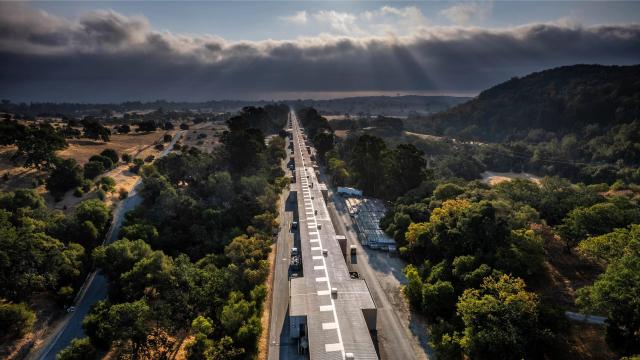I recently visited the site of a soon-to-open superconducting particle accelerator, where researchers will probe things like the mechanisms behind photosynthesis and the efficiency of batteries using some of the most powerful X-rays in the world. Being there felt a bit like seeing the future. Here’s a look at what’s going on at SLAC National Accelerator Laboratory in Menlo Park, California.
Accelerator Tunnel
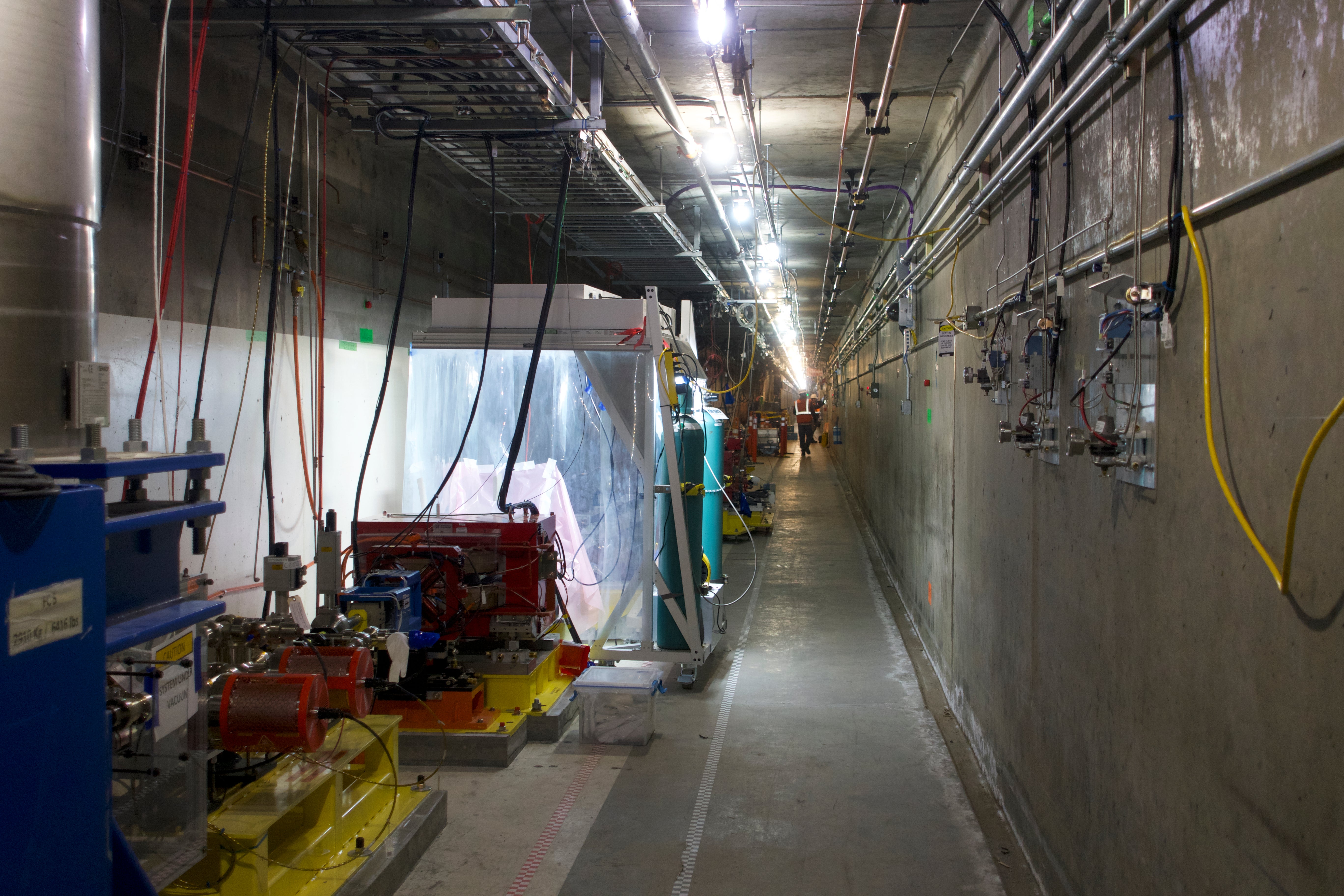
LCLS-II is the new superconducting element of SLAC’s longstanding particle accelerator. It’ll accelerate elections to produce X-rays that are 10,000 times brighter than its predecessor, LCLS (Linac Coherent Light Source).
The tunnel that holds LCLS and LCLS-II is nearly 3 km long. On the ground, two lines indicate where you should be walking and where you should definitely not cross (unless you’re authorised to mess with the high-energy electron beam at the left in this image).
Accelerator Ladders
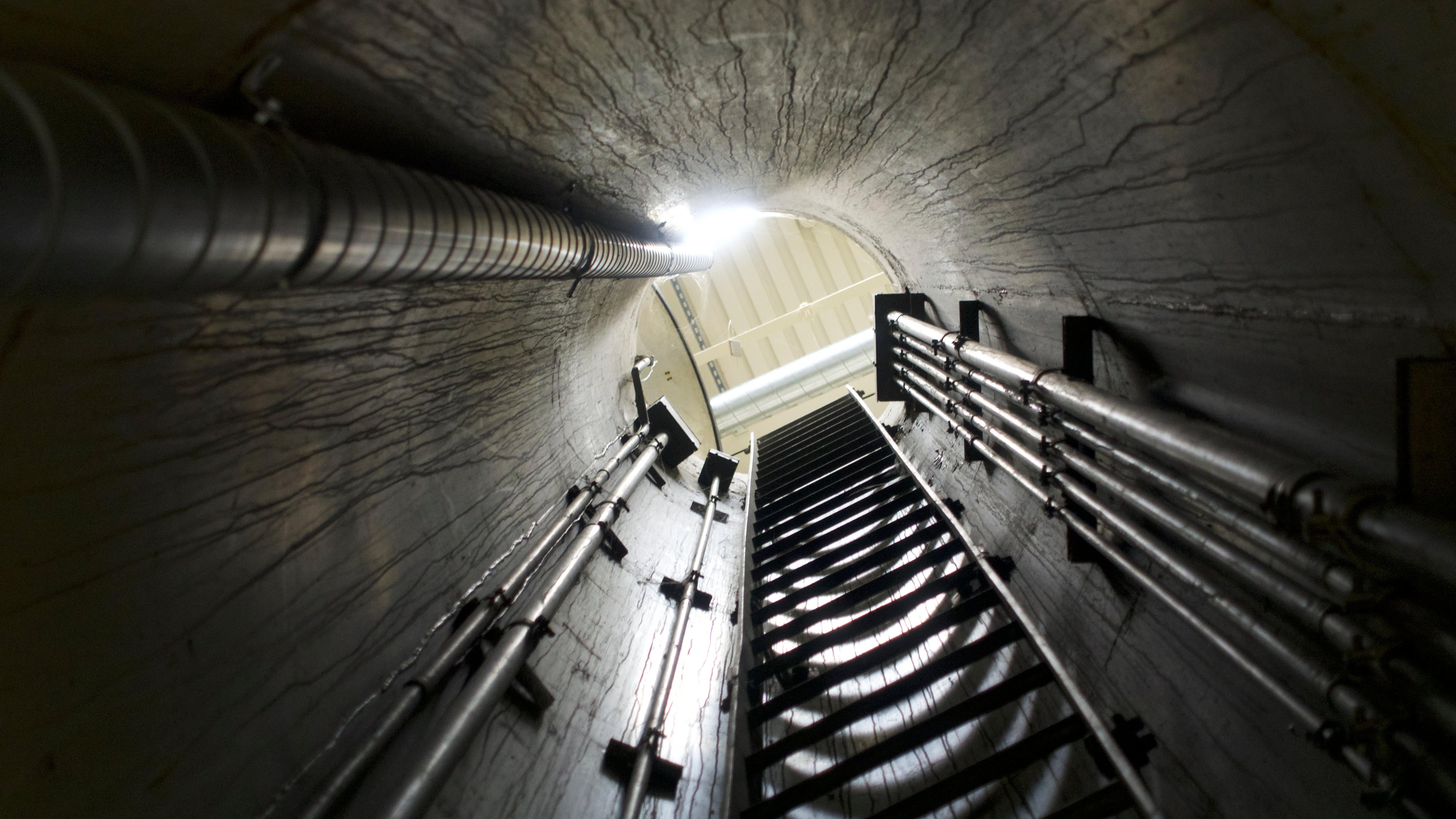
In a rush, engineers working on the accelerator can clamber up a number of ladders that connect the electron beam below ground to the various systems aboveground. The aboveground systems make sure the electrons, which emit the X-rays, are being produced and pulsed out at the correct rate.
There are also normal stairs that connect the building above to the tunnel, but sometimes scientists have to move fast.
Discarded Concrete

Inside for so long, it’s easy to forget you’re in sunny California. These slabs are old pieces of accelerator infrastructure, which at different points were discarded for new concrete. The slabs often have dates on them and the word “OK,” indicating that the concrete is not radioactive (a real risk in these parts).
Klystron Gallery

The accelerator hall on top of the tunnel runs its entire length, making it one of the longest and straightest buildings in the world. It’s called the klystron gallery, after the machines that help the electrons in LCLS move through the accelerator. Without this apparatus, the electrons wouldn’t be organised enough to generate the X-rays scientists need for their experiments.
Electron Gun
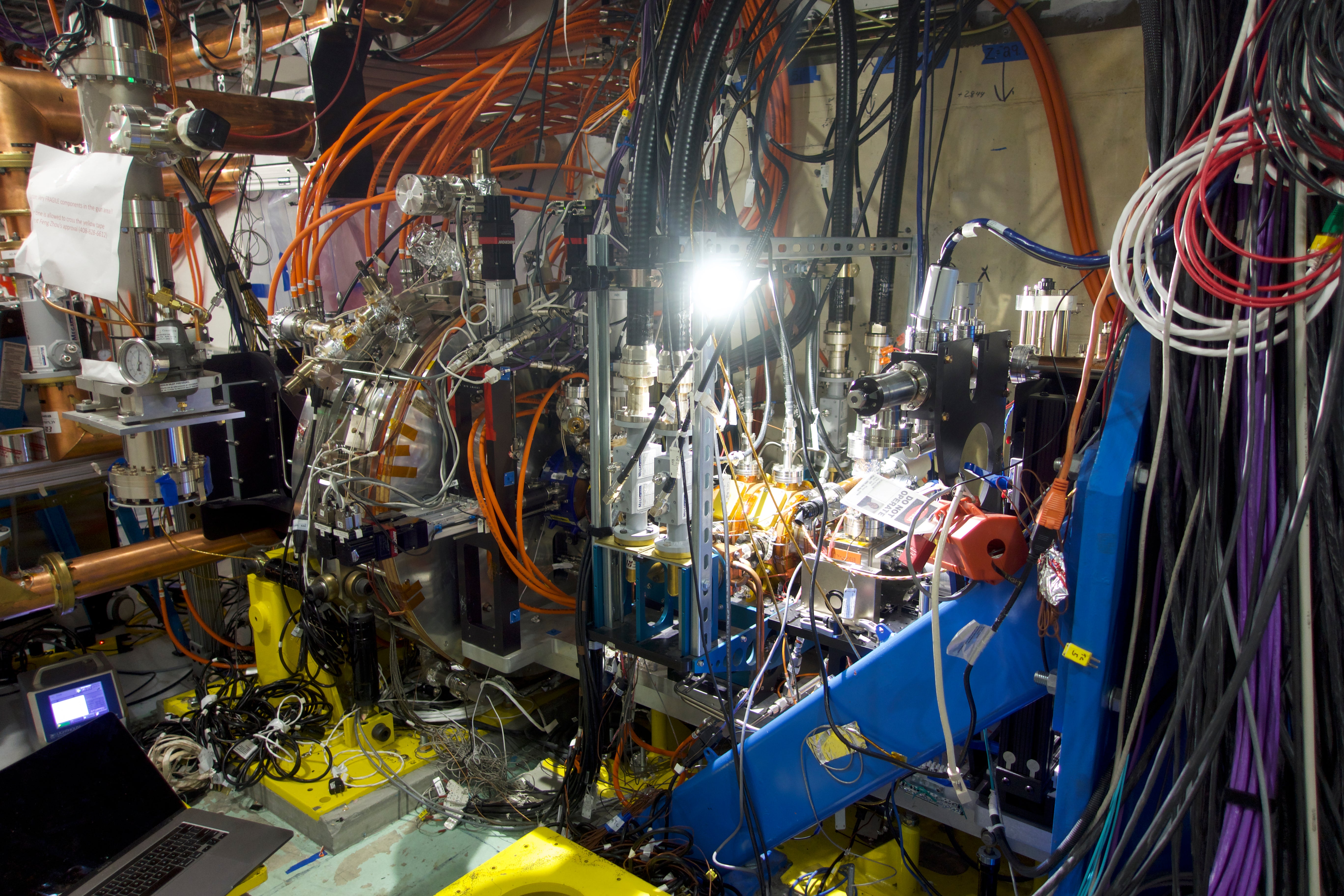
This electron gun converts photons of light into electrons. A radiofrequency field in the gun energizes the electrons, blasting them off into the accelerator.
Cryoplant
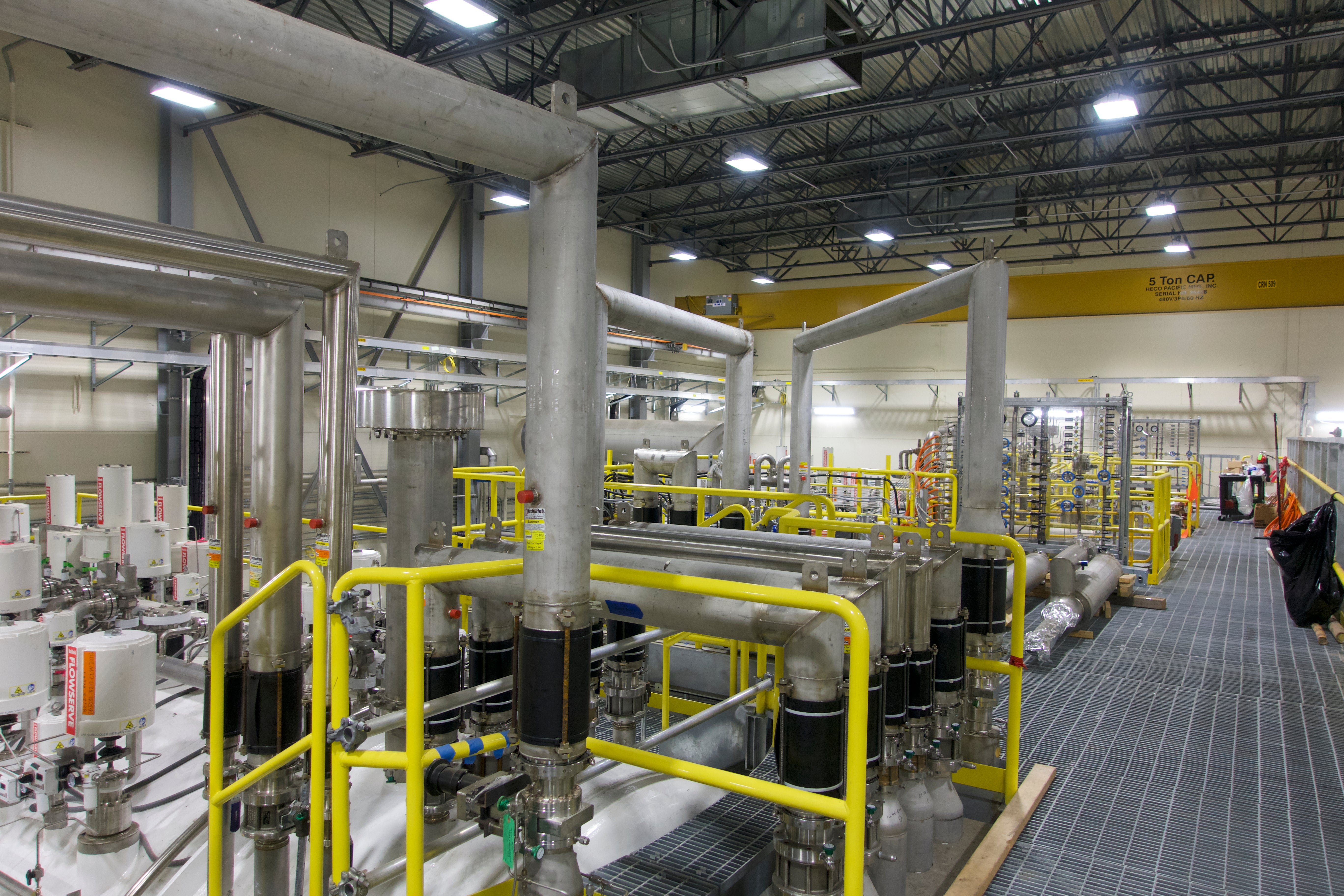
The superconducting part of the accelerator is cooled using liquid helium made in this cryoplant on the SLAC campus. The cryoplant cycles helium gas through series of systems to get it down to 2 kelvin (-456° Fahrenheit), at which point the helium is liquid. The liquid helium is then fed into cylindrical containers that surround the electron beamline, cooling the system down. The linear accelerator is expected to be cooled down by the end of April 2022.
In the Near Experimental Hall

A lit-up vacuum chamber in the Near Experimental Hall at SLAC. Windows on the chamber give researchers multiple vantage points for cameras imaging the samples being used in experiments. This instrument, chemRiXS, is being constructed specifically for LCLS-II and will image chemical events and quantum phenomena.
Seeing What’s Up
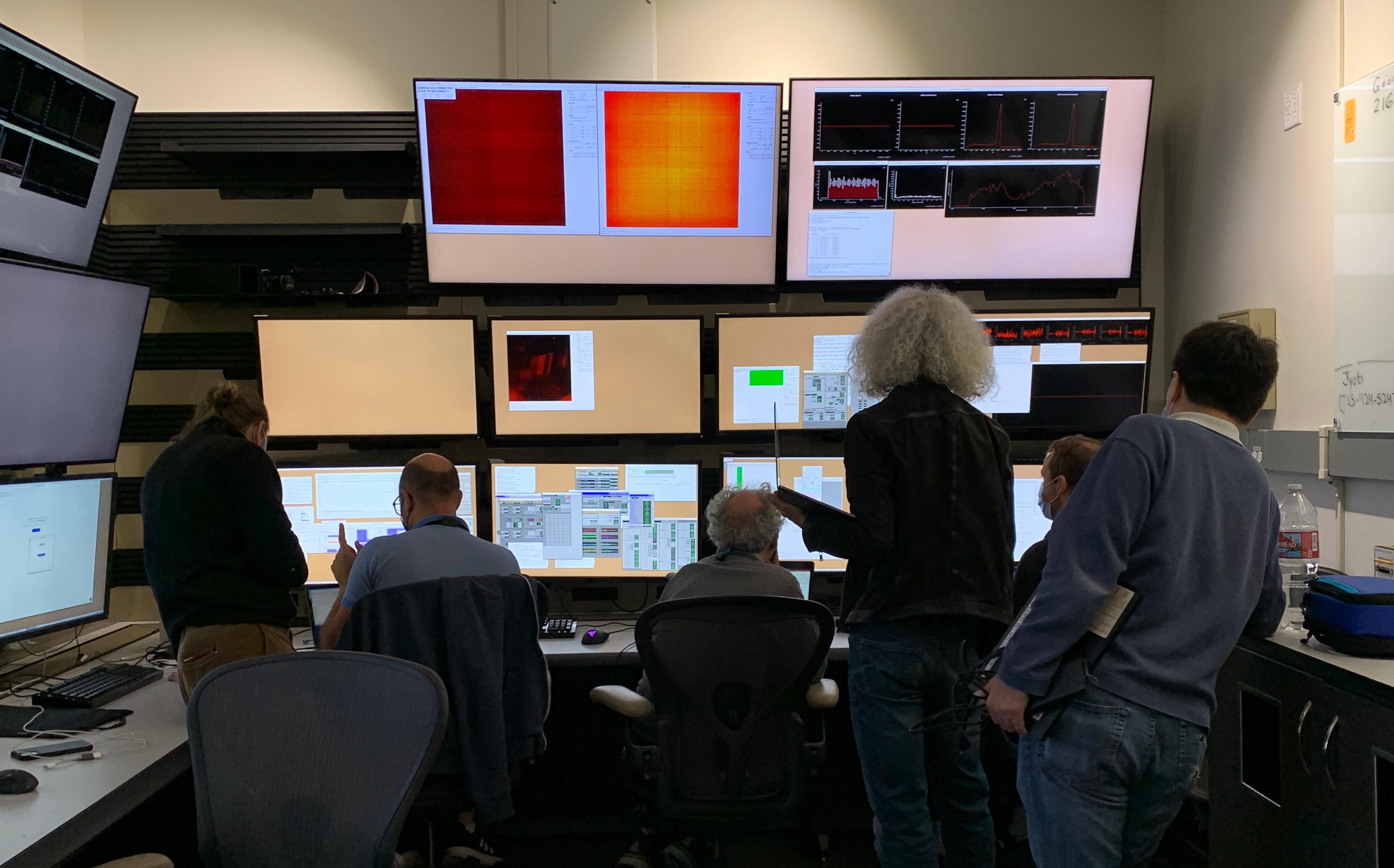
Outside of the rooms housing instruments, there are rooms for researchers to review their data. Scientists can’t be inside the room during experiments because of radiation from the X-rays. Once a team shows up to work with an instrument, they have just a few days to collect all the data needed for their research.
Oodles of Doodles
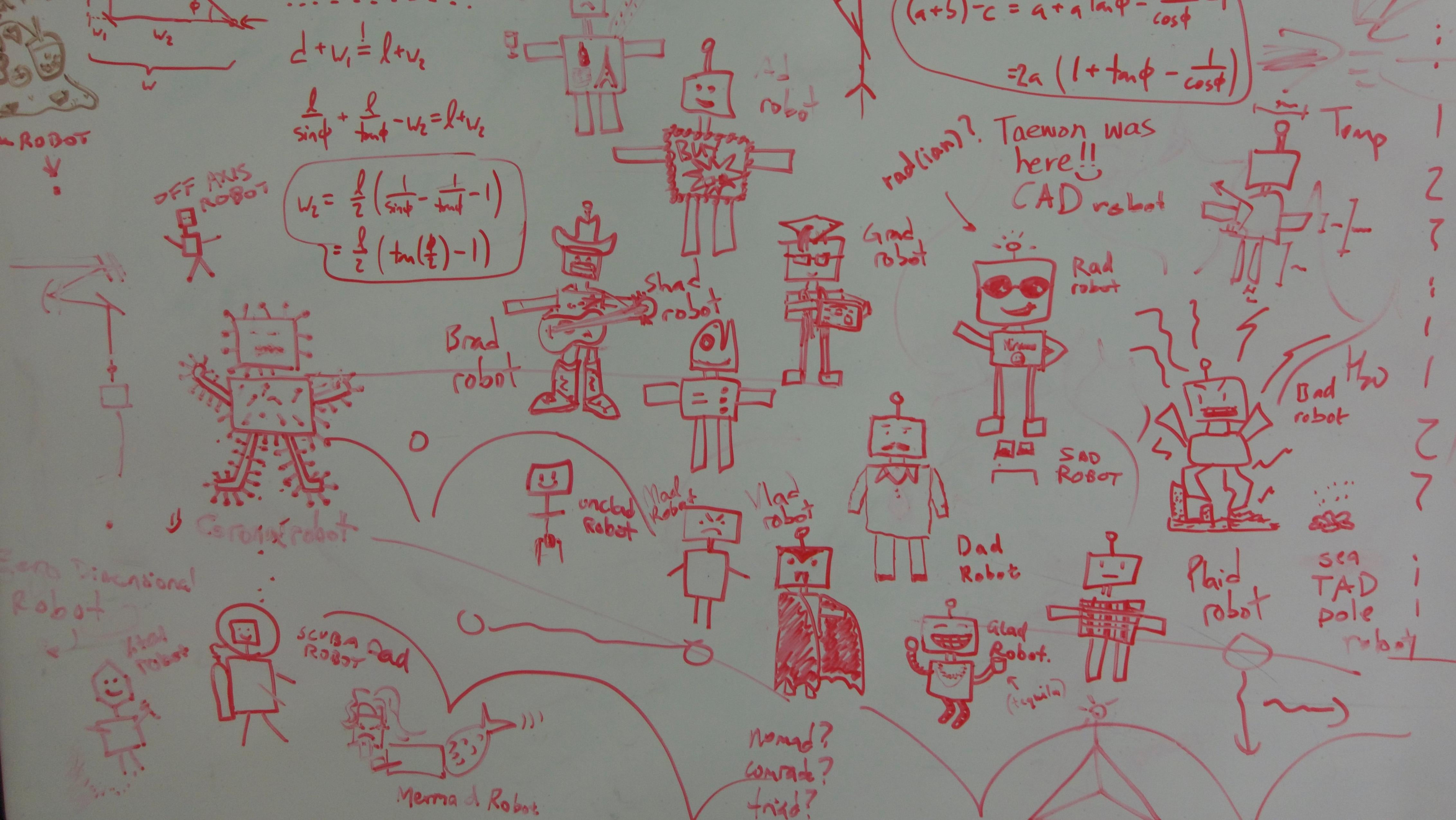
A whiteboard is covered with robots drawn up by scientists over time. The drawings showcase a little bit of quirky humanity in a facility focused on doing some of the most intense physics experiments in the world.
Coherent X-ray Imager
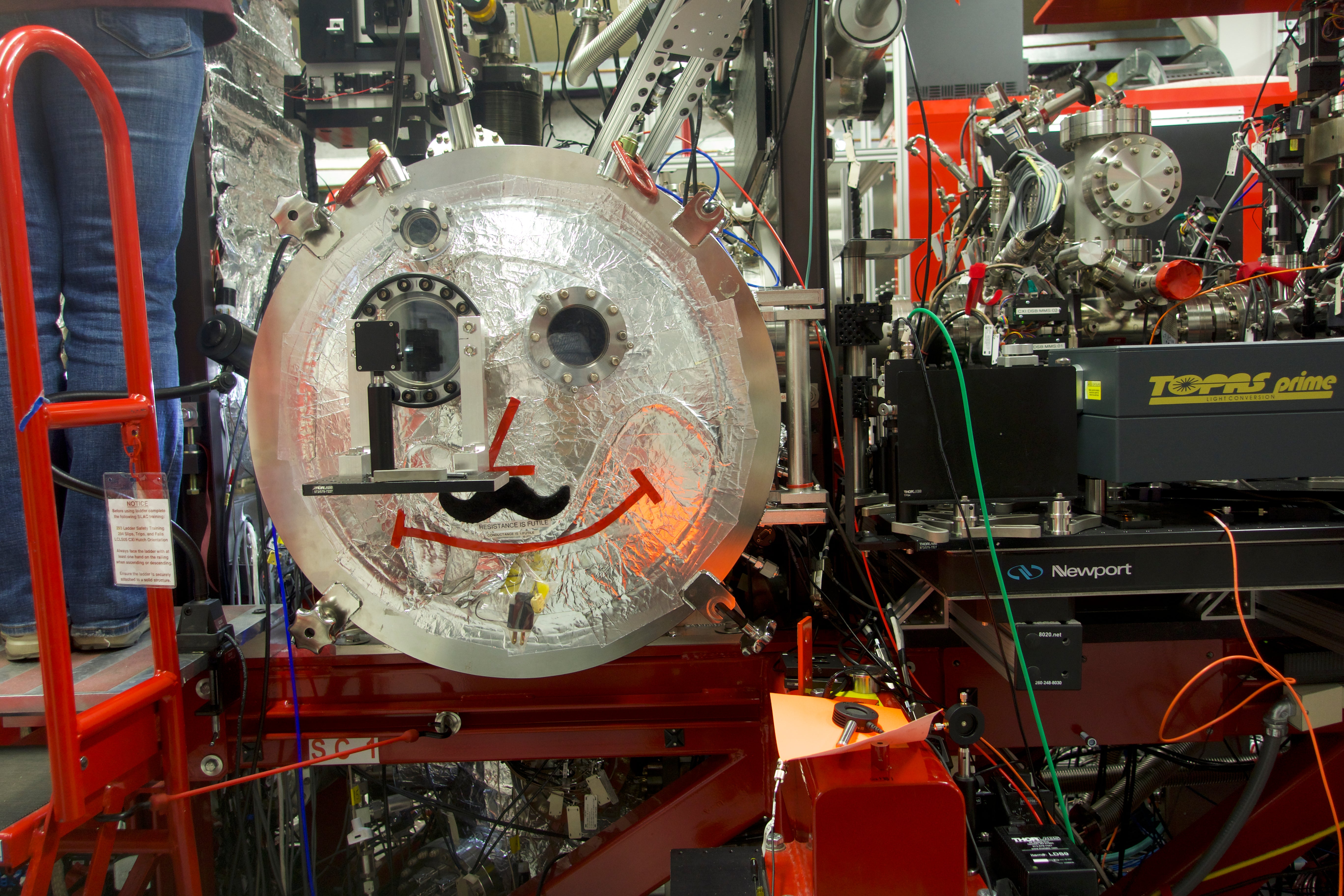
A decorated vacuum chamber of the Coherent X-ray Instrument at SLAC. Plenty of little personal touches cover its walls and instruments, but few so well-disguised as this one.
A Sample

Injectors are used to put dissolved or liquid samples into some of the SLAC instruments. A team of researchers used this needle to spew a protein involved in algae photosynthesis into a vacuum, where a laser annihilated the sample. Then team members were able to model some of the structures that the they couldn’t see when the sample was intact.
Andrew Burrill, associate lab director for the Accelerator Directorate, told me last October that the work here may not be well understood, but it’s deeply significant. “In terms of science, it’s important for the nation — for the world — because, through science advancements, we all get better smartphones and can talk to our remotes, and all these other things that we can build that most of us take for granted,” he said. “Most people don’t care how the refrigerator works; they just want it to work. Same with our smartphones, the same with our internet providers. But through these science advances, it helps improve all these things.”
